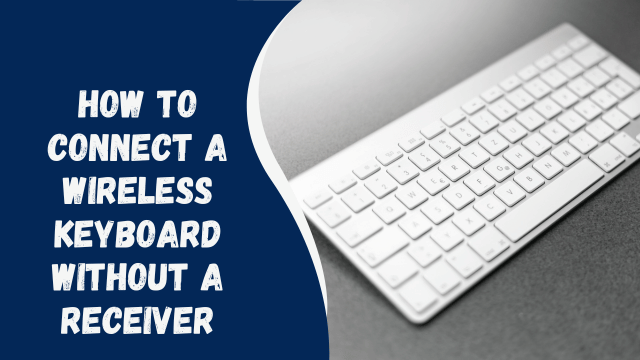What Happens If SI Joint Injections Don’t Work: Exploring Alternatives and Considerations

Dealing with chronic lower back pain can be an overwhelming experience, often leading individuals to seek various treatment options. Sacroiliac (SI) joint injections are a common approach to managing SI joint-related pain. However, there are instances when these injections might not yield the desired results. This article delves into the potential reasons for ineffective SI joint injections and explores alternative treatments to consider.
Contents
- 1 Understanding SI Joint Injections
- 2 Exploring Alternatives
- 3 Considerations and Conclusion
- 4 FAQs
- 5 1. Are SI joint injections a permanent solution?
- 6 2. How long does the pain relief from radiofrequency ablation last?
- 7 3. Is physical therapy painful for SI joint pain sufferers?
- 8 4. Are there any risks associated with regenerative medicine treatments?
- 9 5. Should I consider surgery if SI joint injections don’t work?
Understanding SI Joint Injections
SI Joint Injections: Purpose and Procedure
SI joint injections, also known as sacroiliac joint injections, are a medical intervention aimed at providing relief from pain originating in the sacroiliac joints, which connect the sacrum and the pelvis. These injections typically involve a combination of anesthetic and anti-inflammatory medication injected directly into the affected joint. The goal is to reduce inflammation, alleviate pain, and improve the patient’s overall quality of life.
Common Reasons for Ineffectiveness
- Misdiagnosis: One of the primary reasons for ineffective SI joint injections is misdiagnosis. Lower back pain can stem from various sources, including muscle strains, herniated discs, and spinal stenosis. If the SI joint is not the actual source of the pain, injections targeting this area may not yield the desired outcome.
- Temporary Relief: While SI joint injections can provide immediate pain relief due to the anesthetic effect, this relief may be temporary. The anti-inflammatory effects can take longer to manifest and might not always provide the sustained relief that patients are seeking.
Exploring Alternatives
1. Physical Therapy
Physical therapy plays a crucial role in addressing chronic pain. A skilled physical therapist can assess the underlying causes of the pain and create a tailored exercise plan to strengthen muscles, improve flexibility, and promote overall joint health. This approach not only targets the symptoms but also addresses the root cause of the pain.
2. Radiofrequency Ablation
Radiofrequency ablation involves using heat to interrupt the pain signals being sent to the brain. This procedure can provide longer-lasting pain relief compared to SI joint injections. By targeting the nerves responsible for transmitting pain, patients can experience relief for several months.
3. Regenerative Medicine
Regenerative treatments, such as platelet-rich plasma (PRP) injections, utilize the body’s natural healing abilities to promote tissue repair and reduce inflammation. These injections can stimulate tissue regeneration in the SI joint area and provide more sustainable pain relief.
Considerations and Conclusion
It’s essential to recognize that the effectiveness of SI joint injections can vary from person to person. If these injections don’t provide the expected relief, exploring alternative treatments under the guidance of a medical professional is crucial. Combining approaches like physical therapy, radiofrequency ablation, and regenerative medicine can offer a comprehensive strategy for managing chronic lower back pain.
In conclusion, while SI joint injections can be beneficial for many individuals, they may not always produce the desired results. Exploring alternative treatments and considering a multifaceted approach can provide a more comprehensive solution to chronic SI joint-related pain.
FAQs
1. Are SI joint injections a permanent solution?
SI joint injections can provide temporary relief, but their effectiveness varies. Exploring alternative treatments might be necessary for long-term relief.
2. How long does the pain relief from radiofrequency ablation last?
The pain relief from radiofrequency ablation can last several months to a year, depending on the individual’s response.
3. Is physical therapy painful for SI joint pain sufferers?
Physical therapy is tailored to each individual’s condition and comfort level. The goal is to alleviate pain, not exacerbate it.
4. Are there any risks associated with regenerative medicine treatments?
Regenerative treatments like PRP injections are considered safe, with minimal risks. Consultation with a healthcare professional is recommended.
5. Should I consider surgery if SI joint injections don’t work?
Surgery is typically considered a last resort. Exploring non-invasive alternatives before opting for surgery is advisable.



